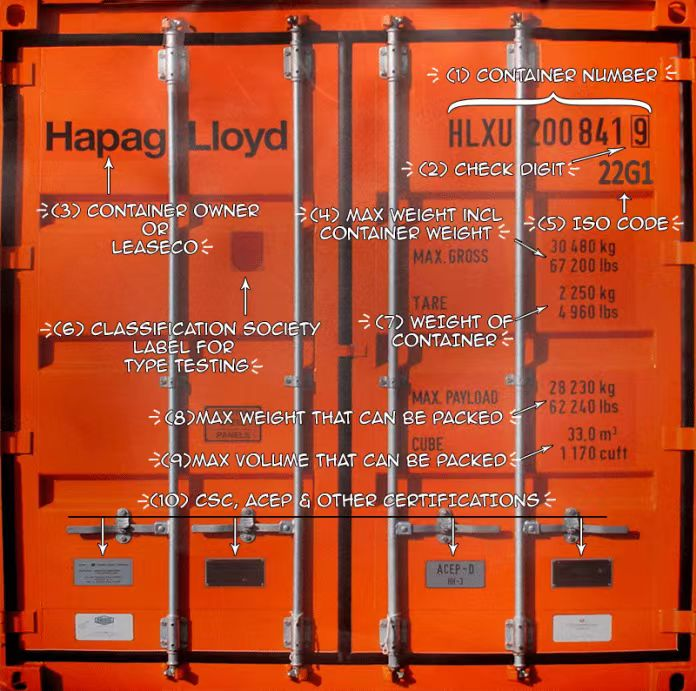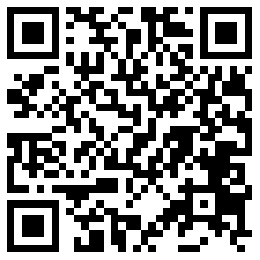-
Shipping Containers
- Container Parts
- Roof Panel
- Side Panel
- Front End Panel
- Door Panel
- Front Corner Post
- Rear Corner Post (Outer/Inner)
- Cross Member
- Bottom Side Rail
- Top Side Rail
- Door Sill
- Front Bottom Rail
- Top End Rail
- Door Header Upper/Lower
- Door Rail
- Floor Spacer
- Angle
- Top/Bottom End Rail
- Door Edge Member
- Door Sealing
- Door Frame Profile
- Door Lining
- Door Hardwares
- Door Gasket
- Side Panel/Lining
- T-Floor
- Roof Panel/Lining
- Cross Member
- Bottom Side Rail
- Top Side Rail
- Ledge PVC
- Kazoo Drain
- Auto Drain
- Alu Tube
- Auto Drain Center Part
- PVC Drain Pipe
- PVC Plugs f. Drain with Ring and Steel Wire
- Door Screw
- Door Screw Nut
- Door Screw Rubber
- Tapping Screw
- Stainless Blind Rivet
- Lashing Ring
- CSC Plate
- Welding Wire
- Tapping Screw Bit
- Vehicle Parts
- Ship Supplies
- 00. Provisions
- 11. Welfare Items
- 15. Cloth & Linen Products
- 17. Tableware & Galley Utensils
- 19. Clothing
- 21. Rope & Hawsers
- 23. Rigging Equipment & General Deck Items
- 27. Painting Equipment
- 31. Safety Protective Gear
- 33. Safety Equipment
- 35. Hose & Couplings
- 37. Nautical Equipment
- 39. Medicine
- 45. Petroleum Products
- 47. Stationery
- 49. Hardware
- 51. Brushes & Mats
- 55. Cleaning Material & Chemicals
- 59. Pneumatic & Electrical Tools
- 61. Hand Tools
- 63. Cutting Tools
- 65. Measuring Tools
- 69. Screws & Nuts
- 75. Valves & Cocks
- 77. Bearings
- 79. Electrical Equipment
- 81. Packing & Jointing
- 85. Welding Equipment
- 87. Machinery Equipment
- Vehicles
- Lashing Tools
- Logistic Tools
ContainersWhat Do The Markings On A Container Mean?Aug 29,2023The ubiquitous freight or shipping container has become an integral part of our lives not just if you are in the industry handling and moving these containers from point to point, but for all the businesses and industries that use the container.
Exporters, importers, traders, packing houses, ports, customs, border authorities, police, clearing agents, freight forwarders, stevedores, weighbridges … and many more entities involved in a trade transaction may be seeing and handling a container on a daily basis.
But although many of these people see a container not everyone understands the many markings on a container.
The markings on a container play a very significant role in the movement of the container as they provide vital information to all entities in the supply chain relating to the monitoring and safety of the container and cargo during its carriage.

1) Container Number – is of course the main marking on the door. It is an alpha numeric sequence made up of 4 Alphabets and 7 Numbers.
The container number identification system has been created by the International Standards Organization under their code IS06346:1995(E).
As per this code, the container identification system consists of
Owner code – 3 letters (in above example HLX)
Equipment category – 1 letter (in above example, U denoting a freight container. Other categories being J for detachable container-related equipment (such as Genset) and Z for trailers and chassis).
Serial number – 6 numbers (numbers ONLY)
Check Digit – 1 number (numbers ONLY)
The owner code is UNIQUE to the owner of the container and the registration of this code rests with Bureau International des Containers et du Transport Intermodal (BIC).
This is to avoid any duplication of code by any shipping line or container operator.
If you don’t know who a particular container belongs to, you can always do a BIC Code Search to identify the owner of the container.
But BEWARE, the owner of the container need not necessarily be operating the container as they could have leased the container to another operator or shipping line.
2) Check Digit – although it is part of the full container number, the check digit is a VERY IMPORTANT number as it can be used to identify if the above-mentioned identification sequence is valid or invalid.
3) Container Owner or Lessor – This is the entity that owns or operates the container. This could be a shipping line, like in this example (Hapag Lloyd) or a container leasing company such as Textainer who’s business is to lease containers to shipping lines that need to increase their inventory but not their assets.
4) Max Gross – In this example – 30,480 Kgs is the maximum weight that the container can carry including its own tare weight of 2,250 Kg (as shown in 7).
This is the weight that the SOLAS VGM Certificate must show.
5) ISO Code – As per the International Standards Organization under their code IS06346:1995(E), each container is given a unique ISO Code in order to avoid any ambiguity in naming the container.
For example, a standard 20’container is called Dry Van (DV), General Purpose (GP), Standard (SD), Normal, Dry Container (DC) etc. in different countries.
6) Weight of Container – This is the actual weight of an empty container, and this is given by the manufacturer at the end of the manufacturing and labelling process.
This is an important weight to be considered by all ship’s operators and planners as this weight needs to be included when planning the ship and SHOULD NOT BE IGNORED by the planners.
7) Max. Payload – This is the maximum weight of the cargo that can be packed in the container and the mis-declaration of this weight by the customers has severe consequences both to life and property.
This weight is clearly shown on the door of the container and customers cannot feign ignorance that they were not aware of the capacity of the container.
8) Cube – This is the maximum volume in cubic capacity that can be packed into the container. Unlike weight, it is not possible to over pack the container by volume as it will be quite evident.
While (unlike mis-declaration of weight) mis-declaration of volume may not have any physical consequence, mis-declaration of volume on a bill of lading could have some financial consequences for the buyer or seller especially if the cargo is sold by volume.
9) CSC, ACEP & Other Certifications – Every container should have a valid safety approval plate called CSC (Container Safety Convention) plate in order for it to be used in international trade. This is in accordance with the provisions of the International Convention on Safe Containers of 1972.
The role of this CSC plate is to confirm that the container has been inspected and found to be in a condition suitable for transportation on board the ship.
This plate has all the details of the Owners, Technical Data, and ACEP information. ACEP being short for, Approved Continuous Examination Program. In short, every 30 months a container must be turned into a Container Depot for examination.
The CSC plate also shows the gross weight as can be seen in an example below.

CIMC Equilink provides various types of new and used containers, especially our standard containers, 40 feet container price and 20 feet container price are very affordable.If you are looking for shipping containers for sale, please visit us by email(info.equilink@cimc.com)or submit a quick quote.
Quick Quote
Copyright © 2019 CIMC Equilink - Container Parts

 中文
中文















